10 Best Adventures of 1930
By:
September 11, 2015
Eighty-five years ago, the following 10 adventures — selected from my Best Twenties (1924–1933) Adventure list — were first serialized or published in book form. I urge you to read them immediately.
The following titles are listed in no particular order.
- Philip Gordon Wylie’s Radium Age science fiction adventure Gladiator. Hugo, a young man who is super-strong, nearly invulnerable, and can leap over trees is forced to hide his abilities from his peers while growing up, builds a fortress of solitude, and plans to adopt a secret identity in order to fight crime in New York. If this makes him sound like Clark Kent, it’s because Siegel and Shuster’s 1938 Superman comic was undoubtedly heavily inspired by Gladiator. Unlike Clark Kent, though, Hugo fights in WWI as a member of the Foreign Legion, and despairs of flawed mortals. Fun fact: Wylie also wrote (with Edwin Balmer) the pessimistic 1933 sci-fi novel When Worlds Collide.
- Dashiell Hammett’s crime/treasure-hunt adventure The Maltese Falcon. San Francisco private eye Sam Spade and his partner are hired, by a beautiful woman, to follow a man; while doing so, Spade’s partner is killed. Spade, who once had an affair with his partner’s wife, is a suspect. Meanwhile, a shady character names Cairo pulls a gun on Spade, because he suspects that the woman, O’Shaughnessy, has given him a valuable figurine — the titular Maltese Falcon. Spade discovers that Cairo and O’Shaughnessy, along with a third figure, “G,” all seek the figurine. Tempted by wealth and love, Spade sticks to his own moral code… and brings his partner’s killer to justice. Fun fact: Grittily realistic, morally ambiguous, the book is considered by aficionados to be the standard by which all subsequent American mysteries must be judged. And, of course, the 1941 film adaptation by John Huston is a masterpiece.
- Arthur Ransome’s YA adventure novel Swallows and Amazons. During holidays in northwestern England, the Walker siblings meet Nancy and Peggy Blackett — two piratical sisters who fly the Jolly Roger from their sailboat. This is the first in a series of twelve books, including Swallowdale (1931), Winter Holiday (1933), We Didn’t Mean To Go To Sea (1937), and Missee Lee (1941). Swallows and Amazons establishes our characters and introduces us to their milieu: an English lake, with an island for camping, surrounding farms, and minor adventures everywhere. Fun fact: The Swallows and Amazons’ imaginative, largely grownup-free adventures are influenced by the protagonists’ mutual love of Treasure Island.
- Stanisław Ignacy Witkiewicz’s Radium Age sci-fi adventure Insatiability. Circa the year 2000, a Chinese army overruns Poland. In order to ensure that the occupied populace conforms contentedly to his demands — which are, more or less, those of Soviet-style communism, the Chinese leader, Murti Bing, requires Poles to take a thought-control medication: DAVAMESK B 2. Polish artists, for example, find themselves compliant with the demands of an aesthetic program that readers of the time would have recognized as Socialist Realism. (All of which predicts, uncannily, the invasion of Poland, the postwar foreign domination, and the totalitarian mind control exerted, first by the Germans, and then by the Soviet Union on Polish life and art.) The novel is also a bildungsroman; its adolescent protagonist seeks experiences: philosophical, military, sexual. His madness and eventual zombie-fication parallel what is happening to his country. An avant-garde tour de force, replete with alienation techniques; not an easy read, but a very rewarding one. Fun fact: The unnamed narrator of Insatiability is a fictionalized version of Witkiewicz himself, i.e., a thinking, feeling individual in an increasingly pacified, de-individualized society.
- Milt Gross’s satirical Klondike adventure He Done Her Wrong. A naive frontiersman is exploited by a robber baron, who steals his girl. Our hero pursues the villain to New York, where his efforts are stymied by cantankerous salesmen, government bureaucrats, bumbling hospital attendants, a lusty widow with a defensive Chihuahua, and an angry barber. As the book’s subtitle (The Great American Novel and Not a Word in It — No Music, Too) indicates, this is sardonic inversion of a melodramatic silent movie, in cartoon form. There’s a lot of slapstick action — Gross worked as a gag-man on Charlie Chaplin’s 1928 silent, The Circus — as well as character development, high emotions, and thrills… all without a word of text. Fun fact: Gross was known for his newspaper strips Frenchie, White Feitlebaums in the South Seas, and Count Screwloose of Toulouse, as well as the books Hiawatta Wit No Udda Pomes (1926) and Nize Baby (1926).
- Charles Williams’s fantasy adventure War in Heaven. A supernatural thriller in which the forces of good and evil race to capture the Holy Grail, which has been hidden for millennia in England. The Grail grants to users the faculty of vision at a distance, and it is capable of imparting tremendous power; unlike Tolkien’s One Ring, which is inherently evil, the Grail is inherently good. The book is a detective novel (it opens with a murder) and a suspense novel (a sadist has designs on an innocent child). It’s also a spiritual novel: We are offered a glimpse into ultimate spiritual reality… which consists of powers and principalities swarming in defiance of the King of Light, who engages all according to His overarching plan. It’s a precursor to Susan Cooper’s YA Dark is Rising series, say, or Philip Pullman’s His Dark Materials trilogy. Fun fact: Williams was one of the Inklings, the fantasy-writing Oxford dons whose number included J.R.R. Tolkien and C.S. Lewis.
- Carolyn Keene’s Nancy Drew mystery adventure The Secret of the Old Clock. In the first installment in the long-running Nancy Drew Mystery Stories series — there were fifty-six titles published in the original series — eighteen-year-old Nancy Drew helps a local family reclaim its rightful share of their recently deceased relative’s fortune. The will, she discovers, was hidden in an old clock… but what has happened to the clock? This book, which is one of the all-time best-selling hardcover children’s books in English, helped transform the then-accepted image of passive femininity; Nancy Drew is an active problem-solver — a strong-willed, even authoritative heroine. Fun fact: “Carolyn Keene” is the pseudonym of Mildred Wirt Benson, who wrote 23 of the first 30 Nancy Drew books — including three others published in 1930 alone! — under contract with the Stratemeyer Syndicate.
- Hergé’s bande dessinée adventure Tintin in the Land of the Soviets. Tintin, an intrepid young Belgian reporter, and his dog Snowy are sent to Soviet Russia to report on the condition of life there. After overcoming obstacles placed in their way by the Soviet secret police — his train is blown up, he escapes imprisonment and steals a car, etc. — Tintin and Snowy reach Moscow. There Tintin discovers what the Soviet authorities are concealing: coerced elections, apparently busy factories that aren’t producing anything, starving children, exploited farmers, and riches stolen from the Russian people by Stalin, Lenin, and Trotsky Fun fact: This first adventure of Tintin was serialized 1929–30 in a children’s supplement to a Belgian newspaper, Le Vingtième Siècle; it was published in album form in 1930. With the exception of a reissue in 1969 for the personal use of Hergé, it wasn’t published again until 1973.
- Leslie Charteris’s Simon Templar crime adventure The Last Hero. The Saint is an adventurer — a criminal who preys on criminals — and a romantic. “He… had heard the sound of the trumpet, and had moved ever afterwards in the echoes of the sound of the trumpet, in such a mighty clamour of romance that one of his friends had been moved to call him the last hero, in desperately earnest jest.” Unlike other Saint stories, which are realistic crime adventures, here Simon Templar enters the realm of science fiction and spy fiction. The Saint stumbles upon a secret British military installation, where a deadly weapon — the electroncloud machine — is being tested. He also discovers that Rayt Marius, a sinister evil international arms dealer, will stop at nothing to steal the weapon — which he plans to sell to a Balkan country. Determined to prevent Marius and the British government alike from possessing such a weapon, the Saint sets out to kidnap the device’s inventor. Fun fact: Charteris introduced the character of Simon Templar in his 1928 novel, Meet the Tiger. The Last Hero is the third book in the series. The story, which was likely a key influence on Ian Fleming’s James Bond series, was serialized in 1929.
- Max Brand’s Western adventure Destry Rides Again. Because he glories in proving his superiority to everyone around him, tough-guy Harrison Destry has few friends and many enemies in his hometown of Wham, Texas. So when he’s framed for a stagecoach robbery, a rigged jury sends him to prison. Six years later, Destry returns — intent on demonstrating that the men who set him up and falsely convicted him are no good. One by one, he gets his revenge. Along the way, he comes to the realization that his scornful, superior attitude was wrong-headed, and that he must change his own ways. But he has one formidable opponent left to battle: his best friend. Fun fact: Writing as Max Brand, Frederick Schiller Faust cranked out many thoughtful and literary Westerns; this is Brand’s best-known title. The 1939 movie of the same title, starring Marlene Dietrich and James Stewart, features an entirely different plot.
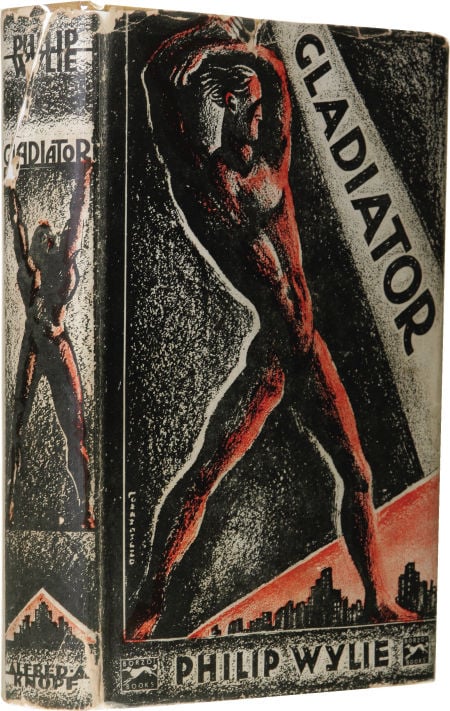
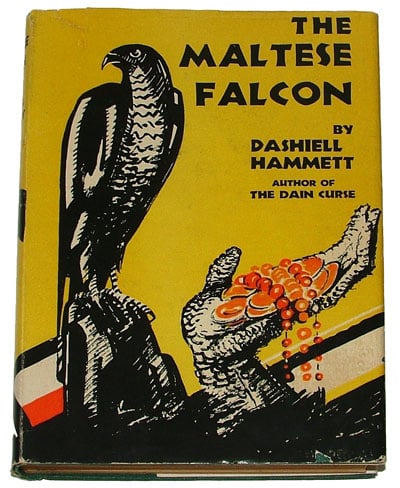
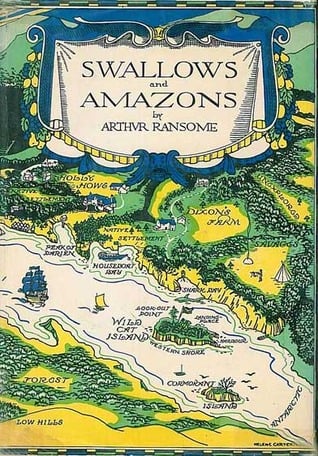
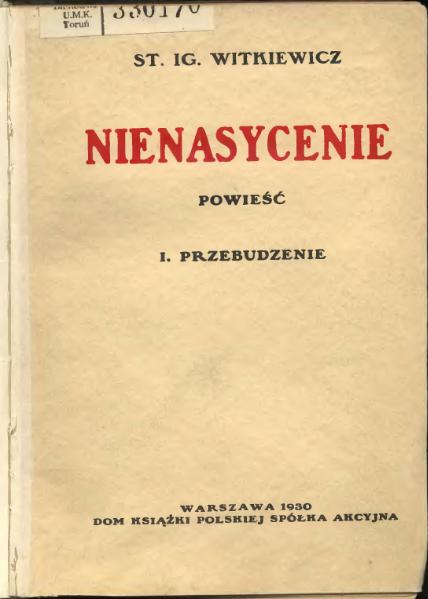
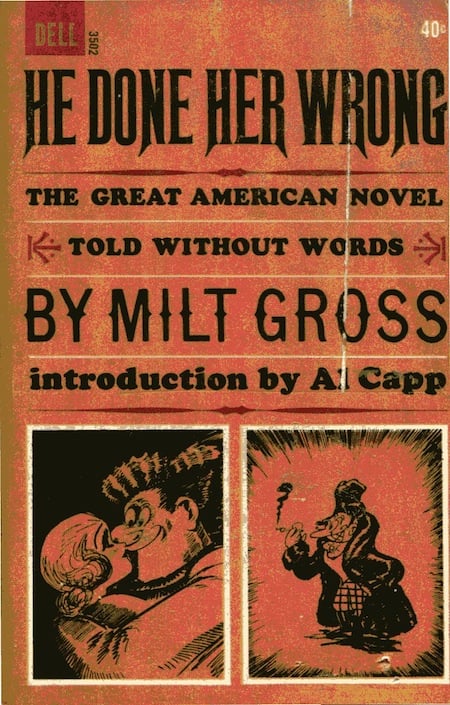
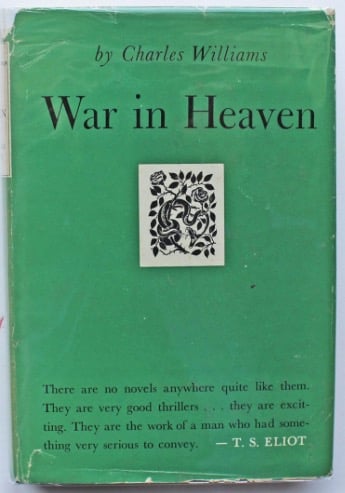
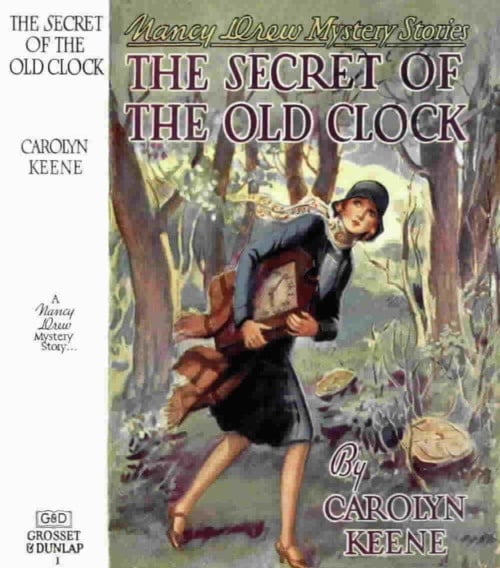
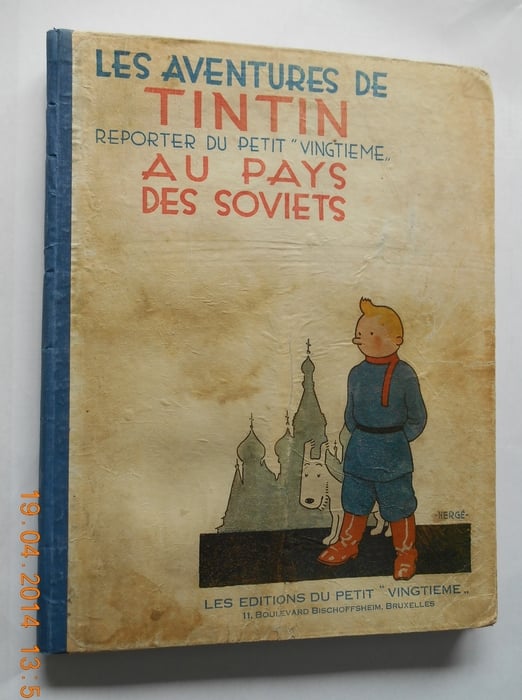
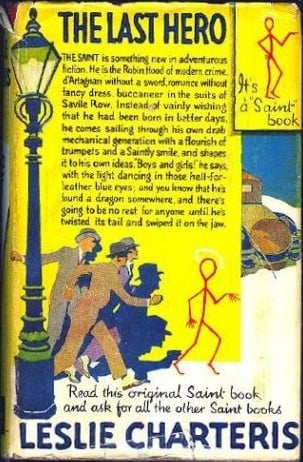
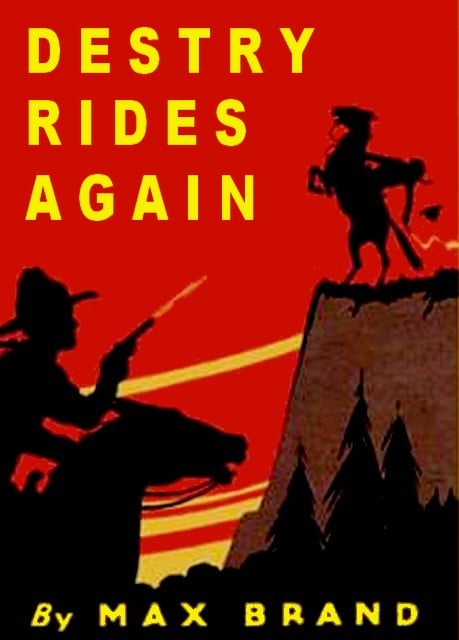
Let me know, readers, if I’ve missed any 1930 adventures that you particularly admire.
JOSH GLENN’S ADVENTURE LISTS: 200 Greatest Adventure Novels (1804–1983) | Best Adventure Novels (1984–2013, notes only) | 100 Best Radium Age Sci-Fi Novels (1904–1933) | 75 Best Golden Age Sci-Fi Novels (1934–1963) | 75 Best New Wave Sci-Fi Novels (1964–1983) | 75 Best Diamond Age Sci-Fi Novels (1984–2003) | 55 Best Scientific Romances (1864–1903) | Best 19th Century Adventure (1805–1903) | 101 Science Fiction Adventures | 70 Crime Adventures | 65 Fantasy Adventures | 61 Espionage Adventures | 40 Atavistic & Historical Adventures | 25 Frontier & Western Adventures | 20 Avenger & Artful Dodger Adventures | 20 Apophenic & Treasure Hunt Adventures | 20 War & Ruritanian Adventures | 18 Picaresque Adventures | 10 Robinsonade & Survival Adventures.
ALSO: BEST SIXTIES YA & YYA (1964–1973) | THE OUGHTS: 1904 | 1905 | 1906 | 1907 | 1908 | 1909 | 1910 | 1911 | 1912 | 1913. THE TEENS: 1914 | 1915 | 1916 | 1917 | 1918 | 1919 | 1920 | 1921 | 1922 | 1923. THE TWENTIES: 1924 | 1925 | 1926 | 1927 | 1928 | 1929 | 1930 | 1931 | 1932 | 1933. THE THIRTIES: 1934 | 1935 | 1936 | 1937 | 1938 | 1939 | 1940 | 1941 | 1942 | 1943. THE FORTIES: 1944 | 1945 | 1946 | 1947 | 1948 | 1949 | 1950 | 1951 | 1952 | 1953. THE FIFTIES: 1954 | 1955 | 1956 | 1957 | 1958 | 1959 | 1960 | 1961 | 1962 | 1963. THE SIXTIES: 1964 | 1965 | 1966 | 1967 | 1968 | 1969 | 1970 | 1971 | 1972 | 1973. THE SEVENTIES: 1974 | 1975 | 1976 | 1977 | 1978 | 1979 | 1980 | 1981 | 1982 | 1983. THE EIGHTIES: 1984 | 1985 | 1986 | 1987 | 1988 | 1989 | 1990 | 1991 | 1992 | 1993. THE NINETIES: 1994 | 1995 | 1996 | 1997 | 1998 | 1999 | 2000 | 2001 | 2002 | 2003. I’ve only recently started taking notes towards a list of the Best Adventures of the EIGHTIES, NINETIES, and TWENTY-OUGHTS. | Best Scottish Fabulists | Radium-Age Telepath Lit | Radium Age Superman Lit | Radium Age Robot Lit | Radium Age Apocalypse Lit | Radium Age Eco-Catastrophe Lit | Radium Age Cover Art (1) | SF’s Best Year Ever: 1912 | Cold War “X” Fic | Best YA Sci-Fi | Hooker Lit | No-Fault Eco-Catastrophe Lit | Scrabble Lit |
